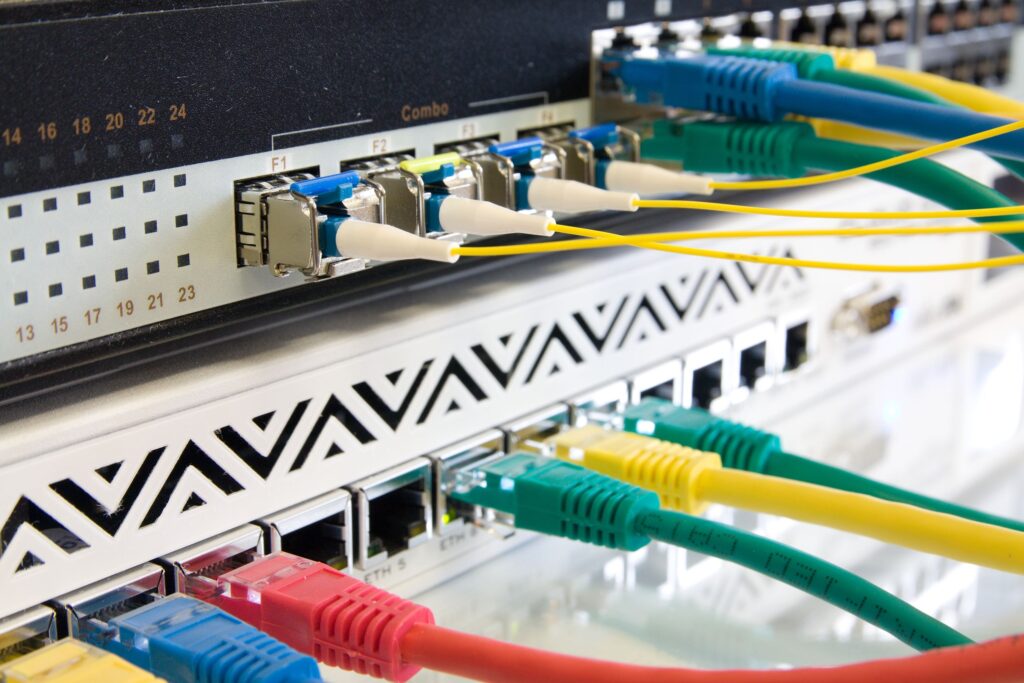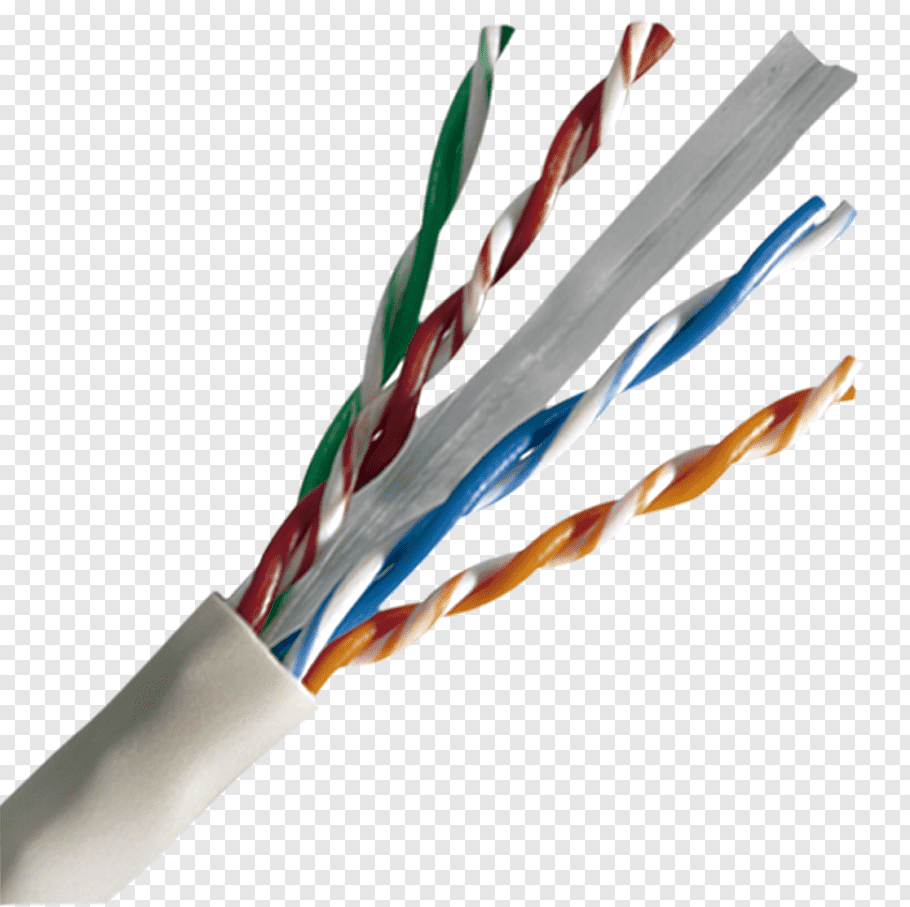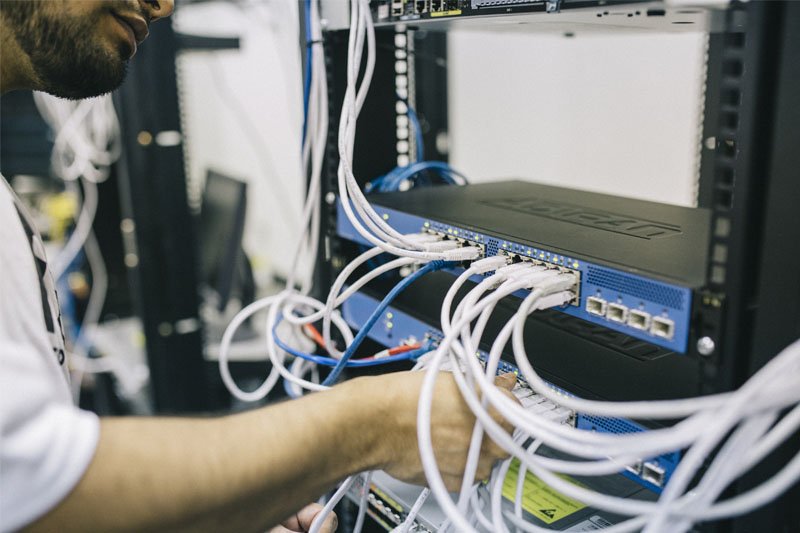
A computer buff, you have probably wondered:what is he UTP cable? or stranded wire. Here we will describe its definition, characteristics, categories and functions that will help you understand more about connections, telecommunications and the operation of computing devices for everyday use.
What is UTP cable?
El UTP cable It is a kind of cable that is made up of pairs of electrical conductors or wires, however, the one used in LAN network connections has 4 pairs of conductors that are linked together, in a helical shape and with different colors that signify particular codes for each one.
It enables simple networking of devices and minimizes interference that causes communication problems. SThey are fundamental for the signals to move from the source device to the destination device in an adequate way, and thus have an optimal communication.
This is one of the demands in communications, because but there is an adequate reception of signals, it is not possible to think that the communication is of quality. said element eHe is susceptible to this, because that is necessary to guarantee to acquire one that fulfills this basic function.
El UTP cable or braided, it is composed of electrical conductors or wires that are linked, and covered with a plastic covering or nightgown, which were developed by Alexander Graham.
You may be interested in reading about Communication ports from the computer.
What is the UTP cable for?
This type of cable is used for data or audio transfer, and can also be used as a network mechanism to transmit images, videos and audios. The cable and its components are used in the making of nets and in their applications.
The linked pairs can be controlled very easily, due to their small dimensions and flexibility, making it easier to install. The UTP cable, it weighs little and you get a wide bibliography of help or technical support.
How is it used?
It is used for LAN network connections, and between receiving devices such as a computer with target devices such as modem or printers.
It is not advisable to use them in places where there is great interference because, although their shape and size mitigates them, their lack of additional shielding forces them to avoid their use, however, for domestic use, buildings or offices, it works correctly.
The cable system can be handled as lengths of up to 150 meters, it is also very inexpensive and is easily found in different stores, especially in computer stores.
To use it, you only have to make connection of two network devices using it and make the proper configurations of both devices.
Features
Among the main characteristics we can mention:
-
It has the particularity of being twisted and not shielded, made up of wires or conductors of copper material that are insulated by cellulose and plastic linked in pairs. They are known as such, because they are twisted in pairs to mitigate crosstalk, interference or noise, the average braid has 3 loops per inch.
-
It facilitates the connection between external devices and components in local networks based on a LAN-type cable.
-
The cable has different maximum transfer speeds, however, doing the combination of different speeds causes the network not to provide the maximum benefit.
-
It facilitates the power of audio transfer that comes from classic analog telephony, based on a copper material wiring.
-
It is used for the transfer of analog video signals in security and surveillance systems based on DVR, NVR and HVR components.
-
The maximum recommended cable length is 100 meters, this to ensure that the entire cabling system has an optimal signal transfer.
Categories
There are different categories, which are better known as CAT. Each one is detailed below:
-
UTP cable Category 1: It is used in telephone systems, but it does not send digital audio signals directly, only analog. It is not recognized by the TIA (Telecommunications Industry Association) nor by the EIA (Electronic Industries Association).
-
UTP cable Category 2: It is a type of cable that cannot transfer data signals greater than 4 Mb and is not recognized by either the TIA or the EIA.
-
UTP cable Category 3- Used on Ethernet networks.
-
UTP cable Category 4: It has a transmission speed of 16 Mb, but it is not recognized either by the TIA or the EIA.
-
UTP cable Category 5: Not recognized by either the TIA or the EIA.
-
Category 5 UTP Cable e: is the most used in network connections, they are used in Fast and Gigabite Ethernet.
-
Category 6 UTP Cable hp: is a type of cable that has high transmission speeds.
-
UTP cable Category 7: this cable has lengths greater than 100 meters, and is of high transmission speed.
You may also be interested in reading Input and output devices in computing.
Some of these categories are no longer used for different reasons, among which it can be mentioned that they are not fast or have peculiarities that are not currently useful.
This is the case, of categories 2, 3 and 4, they are no longer used because they are slow, and this benefits a network connection.
It is important to note that this type of cable is essential in telecommunications because it allows data and information to be shared about all areas of knowledge.
Many people manage to take jobs from their homes to meetings or conferences anywhere in the world, thanks to telecommunications and all the components that make it possible.


